Design With Leading Lines
... Now Eye know where I'm going!
What are leading lines?
- They're a composition tool and they do exactly what they say... it's like taking someone by the hand and leading them through your picture.
- Some are straight. Diagonals, angles, and curved lines work, too. I love curved lines ... I like the flow and sometimes even sensual overtones. You'll find oodles of seductive curves in gardens and especially in flowers.
- They're everywhere in nature. Sometimes they're less obvious than man-made structures but nature's lines are effective (ex. winding rivers, waves on the beach, a row of trees, curvy petals.)
Leading lines
... Let's get something straight!
This is the traditional Korean garden at Yeomiji Botanical Garden on Jeju Island in South Korea. An awesome garden... you'll love it.
Here's proof of the power of leading lines. Just try NOT to look at the concrete ledge! It guides you straight to the traditional Korean pavilion.
First, you look at the pavilion, then your eyes shift to the trees... across the top ..... down to the waterlilies and the pond. Counter-clockwise around the image.
But in a picture where nothing particular grabs your attention, the message your brain gives is to look at the top left and in a clockwise motion from there.
Why?
Because that's the way we read and interpreting an image is the same thing. (At least, if your first language is written from left to right... English for instance.
Rule of Thirds
One of the best known composition principles is the Rule of Thirds. This photo's a good example.
Where's the pavilion? Sitting on the intersection of the third lines in the top right. The leading lines (the ledge) and the pavilion lay in the right third of the photograph.
Curves Ahead!
... What's around the bend?
The Fairmont Empress Hotel in Victoria's Inner Harbour is a grand old building, a National Historic Site.
Impressive architecture and oodles of photo ops. Also a beautiful rose garden and a ghostly history if you're into the supernatural! (The ghost approach could net you some really cool photos!)
I took this with my iPhone 5s and edited it in Snapseed. It's full of lines and patterns... they're for another time. Right now look at the walkway that curves up toward the hotel.
It's shaped like an S and it winds behind the trees. So where's it going? It's impossible to tell. See what we just did?
Obviously you can't step into the photograph and follow the path... you have no idea where it leads. You can only wonder. Well, maybe you've been here and you do know. If so... don't tell. Otherwise....
It's a bit of a mystery and we all love a good mystery.
iPhoneography
You'd dying to give photography a try but a DSLR isn't in your budget right now. I hear ya',
... but, I know you've got a cell phone camera!
You don't need to drop a fortune on photography equipment. All you need to do is....
- learn the principles of photography,
- figure out how to get the most out of your cell phone camera;
- Then load your cell phone with a few apps. Learn 1 app at a time. Keep the apps you like, dump what you don't and try a few more.
Diagonal Lines
Pretty pink roses growing along a fence. We're at Butchart Gardens.
I can see 2 leading lines, where the rocks and plants run along the pathway and, the roses along the top of the fence.
Both lines curve diagonally across the photo.
What's the first thing I look at? The top right... the dark pink roses.
Why there? 3 reasons:
- Attention goes to dark over light colour;
- The eye is attracted to large objects over small ones .
- The eye is drawn to diagonal lines and perspective. See how the fence appears to get smaller (further away)?
- The dark roses are in focus and our eye searches out things in sharp focus. The sun flare softens the focus everywhere but the right edge.
What about the vertical lines of foliage in the fence?
- They "lead" your eyes up and down between the top of the rose fence and the perennials,
- They're a
repeating pattern.
- They blot out any details behind the rose
fence. So they simplify the picture. It's all about the rose fence and the perennial border.
The garden designers at Butchart Gardens are amazing!
Every inch of this garden is a work of art.
What's Your Angle?
Back to Vancouver and VanDusen Botanical Garden.
Fog... I love fog! It takes care of all the fussy details in the background that can mess up a good photo.
It's a cold, damp winter's day. I'm carrying a wad of Kleenex for my drippy nose... cold to the bone. Carrying a tripod and camera can suck out the last molecule of warmth.
It's my last scene of the day.
This stream runs behind the Stone Garden and the Maze and down to the Meadow Ponds. Check out the lines here. Lines can be real or apparent.
There's a triangle in this scene.
- The 1st side is along the dried grass plants from the left lower corner to the stone bridge. Your mind fills in the gaps between the plants.
- The 2nd side is the rock bridge over the stream.
- The 3rd side is along the other side of the stream to the bottom left.
Wrapping It Up
In garden photography, leading lines give new meaning to
"being led down the garden path".
Want to play with leading lines a bit?
Find a scene with some promising lines. Then take out your camera and
just play for awhile.
Try different angles.... move closer... move away, You might find your viewfinder grid really helpful.
Take your time, be patient.
When you like your composition, take your best shot!
If it just isn't coming together, move on to another scene and start again. Some scenes are better just appreciated and not photographed!
So, here's the lesson in a nutshell. You can either...
- Use your composition tools and take your viewer on a guided tour;
- Or you can let her wander around the territory... lost!
Best choice... the first one.
Flower Photography Home › Learn Basic Photography › Leading Lines
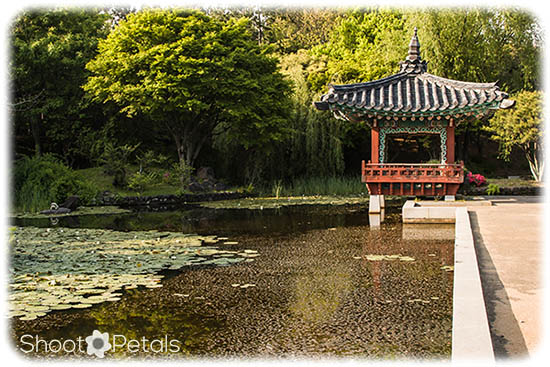
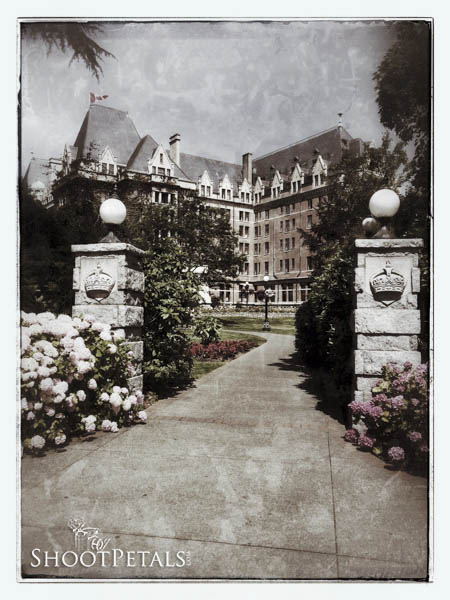
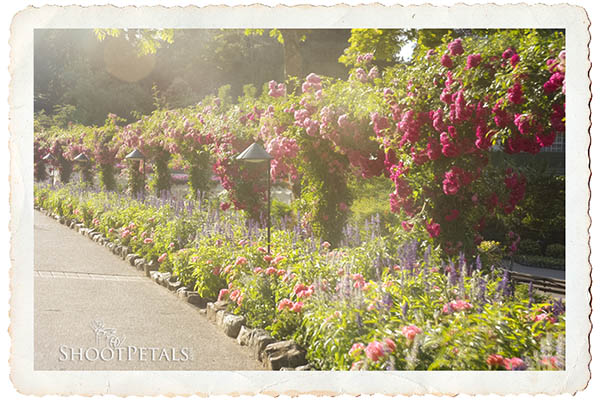
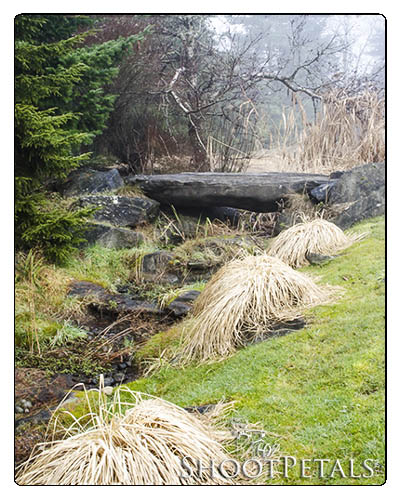
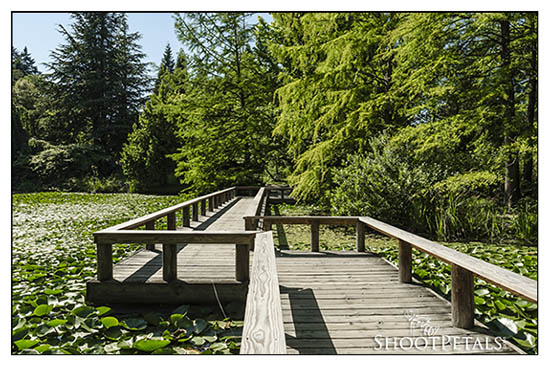
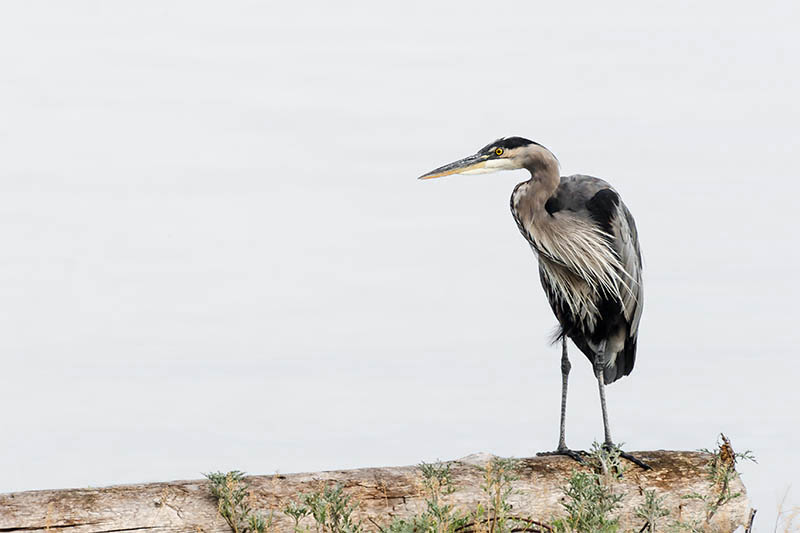


New! Comments
Please leave me a comment in the box below.I'd love to hear your stories, share your photos and read your comments about this page.